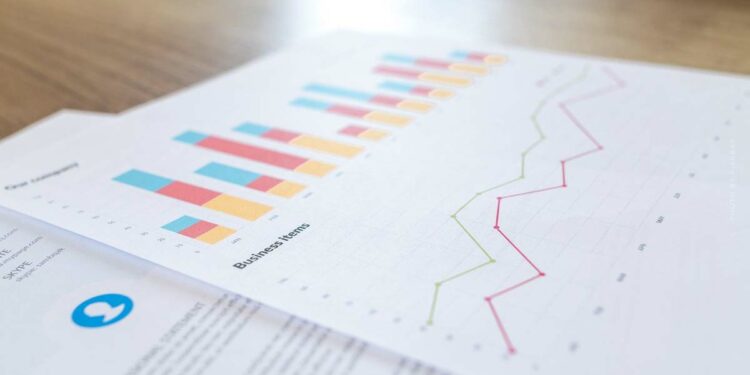When it comes to investing, dividends can be a massive boon to your overall portfolio. Dividends are significant to consider when investing in the share market since they provide a reliable source of return.
That being said, all dividends are not created equal. There are two types of dividends: Qualified & Ordinary, and they both have dramatically different impacts on your taxes. This is why learning what qualified dividends are is so important.
What is a qualified dividend?
A dividend, of course, is a small portion of a company’s profits. According to the financial experts at SoFi, “Qualified dividends are taxed at a lower rate than ordinary dividends. They’re taxed at the long-term capital gains rate, which ranges from 0% to 20%.”
This means that qualified dividends can have positive benefits on your tax liability, as you will ultimately pay lower dividends on them than you would ordinary dividends.
What is an ordinary dividend?
An ordinary dividend is a dividend paid by a company when the stock does not meet the qualifications for a qualified dividend. Unlike qualified dividends, ordinary dividends are taxed at your tax bracket, which means that you will pay more in taxes on them than you would on a qualified dividend. This, of course, can eat into your overall profits from investing.
Requirements for a qualified dividend
In order for a dividend to be qualified, rather than ordinary, it has to meet certain qualifications. For example:
- The dividend is paid by a company in the United States.
- You must have held the dividend for a certain period of time: 60 days during the 121 days before the stock goes ex-dividend. This applies to ordinary stocks and mutual funds. For preferred stock, the time period is 80 days during the 181 day period.
The implications of a qualified dividend
The implications here are obvious: All things being equal, you want your dividends to be qualified rather than ordinary, as this will lower your tax liability. This means a few things.
- First, if you want your dividends to be qualified, you have to keep your investments in American companies.
- Second, you will have to make sure that you do some additional homework on stocks you are interested in purchasing. You will have to make sure you can make a purchase before an ex-dividend date in order to allow the dividend to be qualified rather than ordinary. You will also have to make sure that you don’t sell a stock too early.
- Third, this makes some additional record-keeping requirements. Thanks to the difference between a qualified and ordinary dividend, you will have to work to ensure that you know which dividend payments you receive are ordinary and which are qualified.
There is no question that the difference between an ordinary and qualified dividend can take a sizable chunk out of your overall profits and tax liability.
Thankfully, with appropriate planning and record-keeping, you can ensure that you are keeping as much of your hard-earned money as possible.






